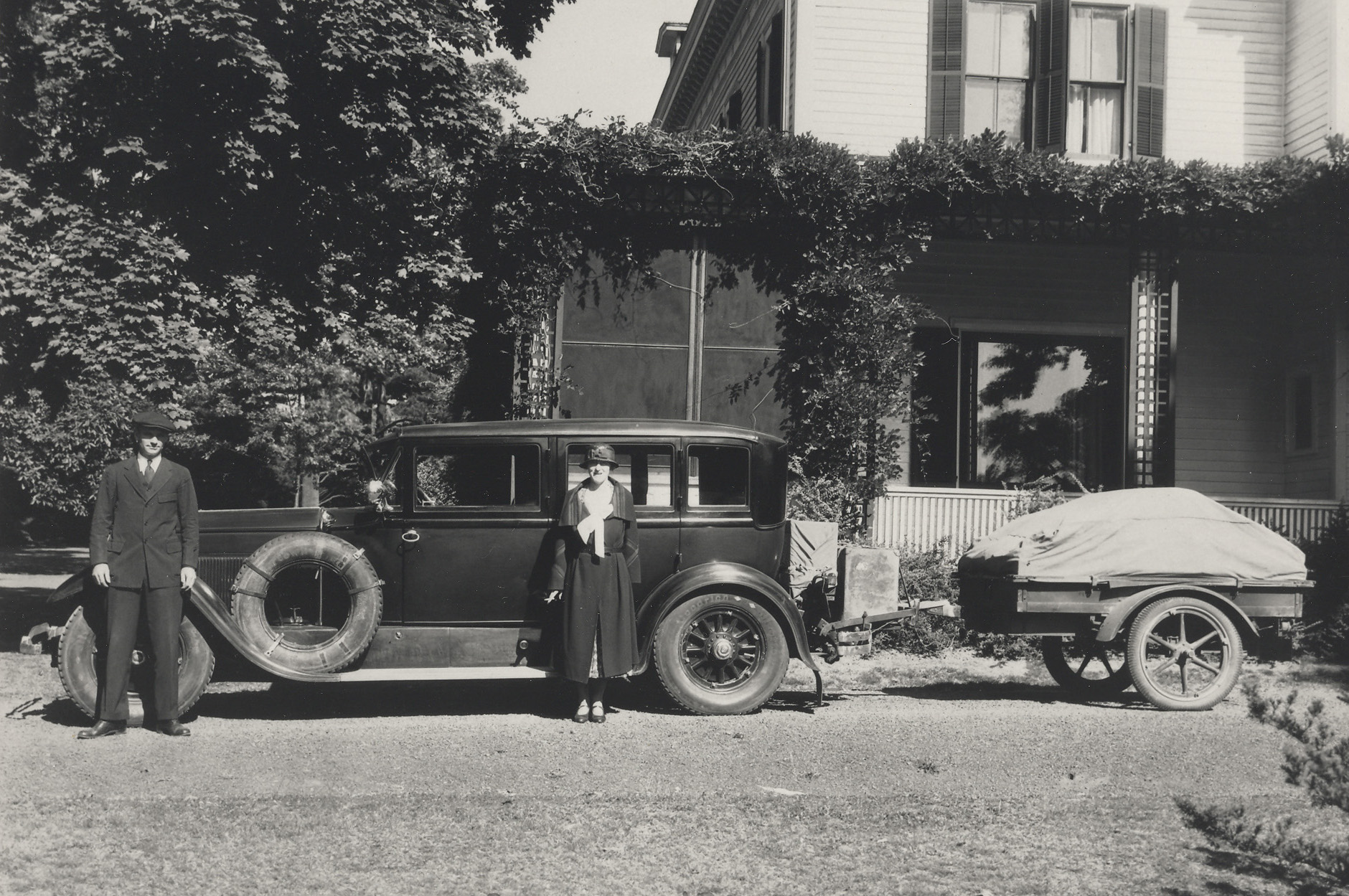Plants collected on this Expedition
| Plant ID | Accession Date | Received As | Origin | Source |
|---|---|---|---|---|
Expedition Stats
Arizona, New Mexico, California, Nevada, Oklahoma
- Event Type
- Campaign
- Collection Type
- Germplasm, Herbarium Specimens
- Arnold Arboretum Participants
- Susan D. McKelvey
- Other Participants
- Alice Eastwood and Oscar E. Hamilton

In 1928, Arnold Arboretum associate Susan Delano McKelvey embarked on the first of eight annual trips to study and collect from the flora of the southwestern United States. The campaign, which lasted from 1928-1936, took McKelvey to Arizona, California, Colorado, New Mexico, Nevada, Oklahoma, Texas, and Utah. She collected cacti and Agave, but ended up concentrating on the genus Yucca, writing an extensive two-volume monograph on the subject.
McKelvey employed Oscar Edward Hamilton to fulfill, in her words, the role of “chauffer, bodyguard, assistant and mentee.” They worked closely on all eight trips between 1928 and 1936 and under her tutelage Hamilton became a skilled plant collector and botanical photographer.
The initial trip lasted one month, ending in mid-September. The indomitable Alice Eastwood, head of the herbarium of the California Academy of Sciences, joined them on this expedition. Though they did not collaborate regularly, McKelvey and Eastwood maintained a long and frequent correspondence, and botanized together when they were in the same vicinity.
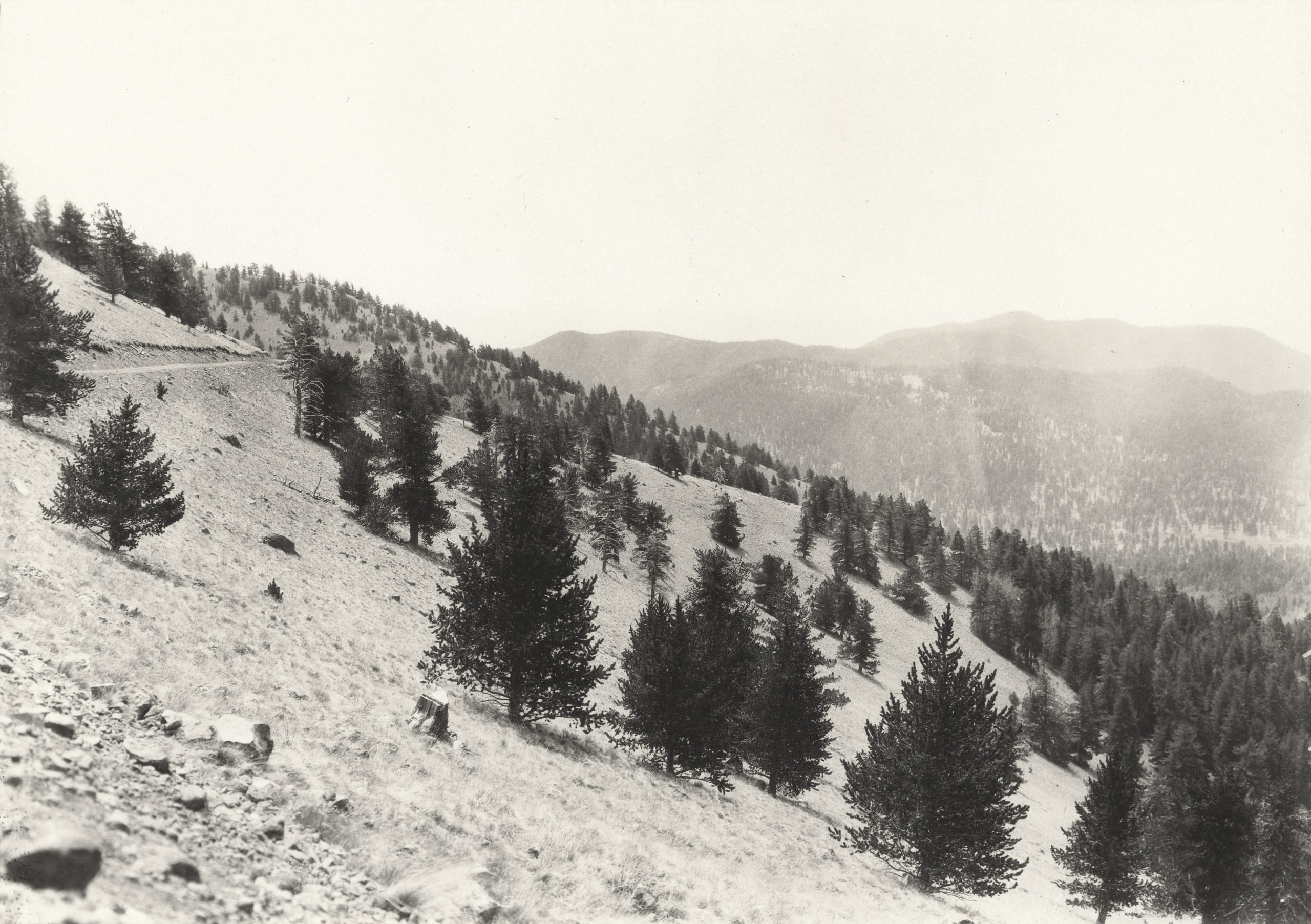
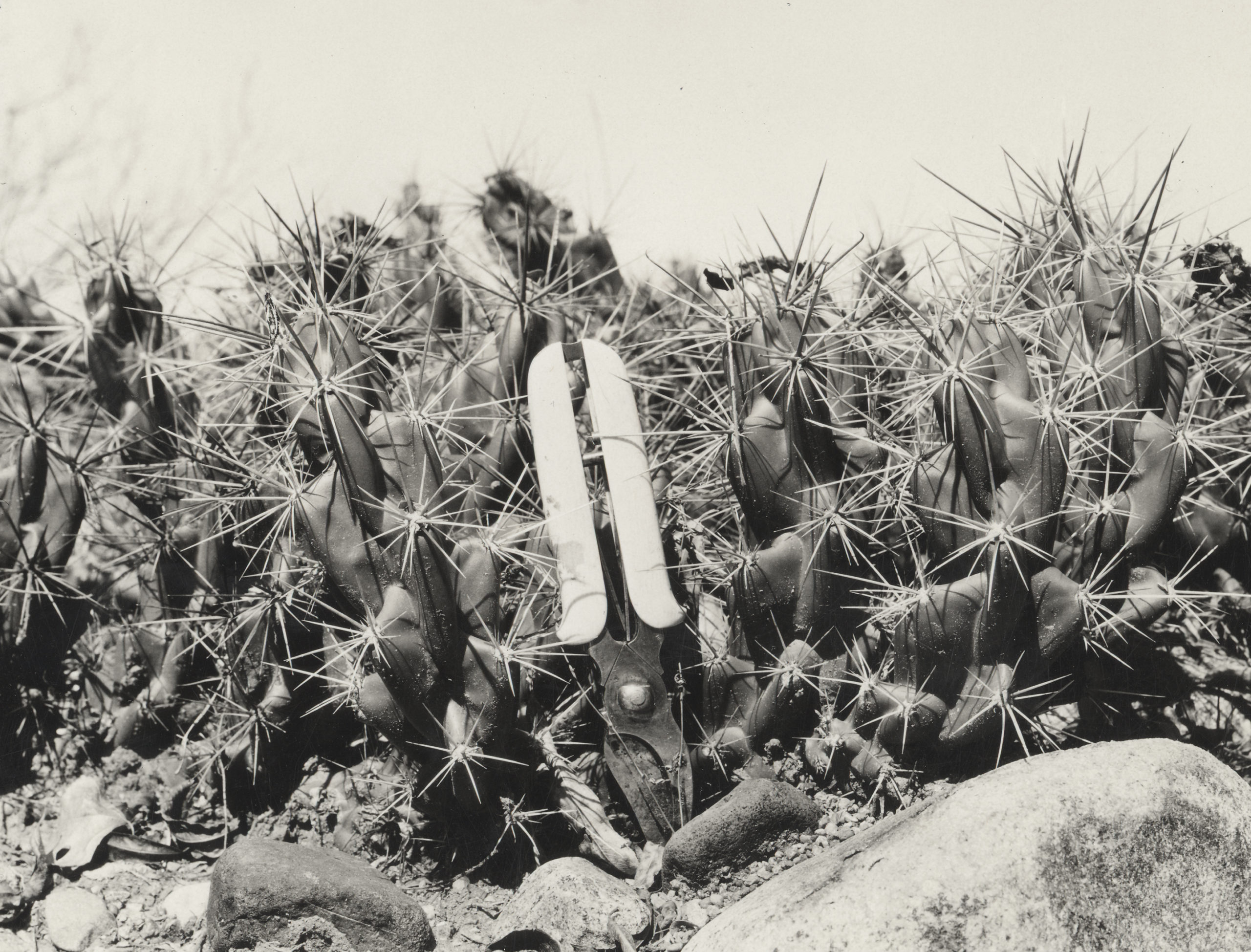
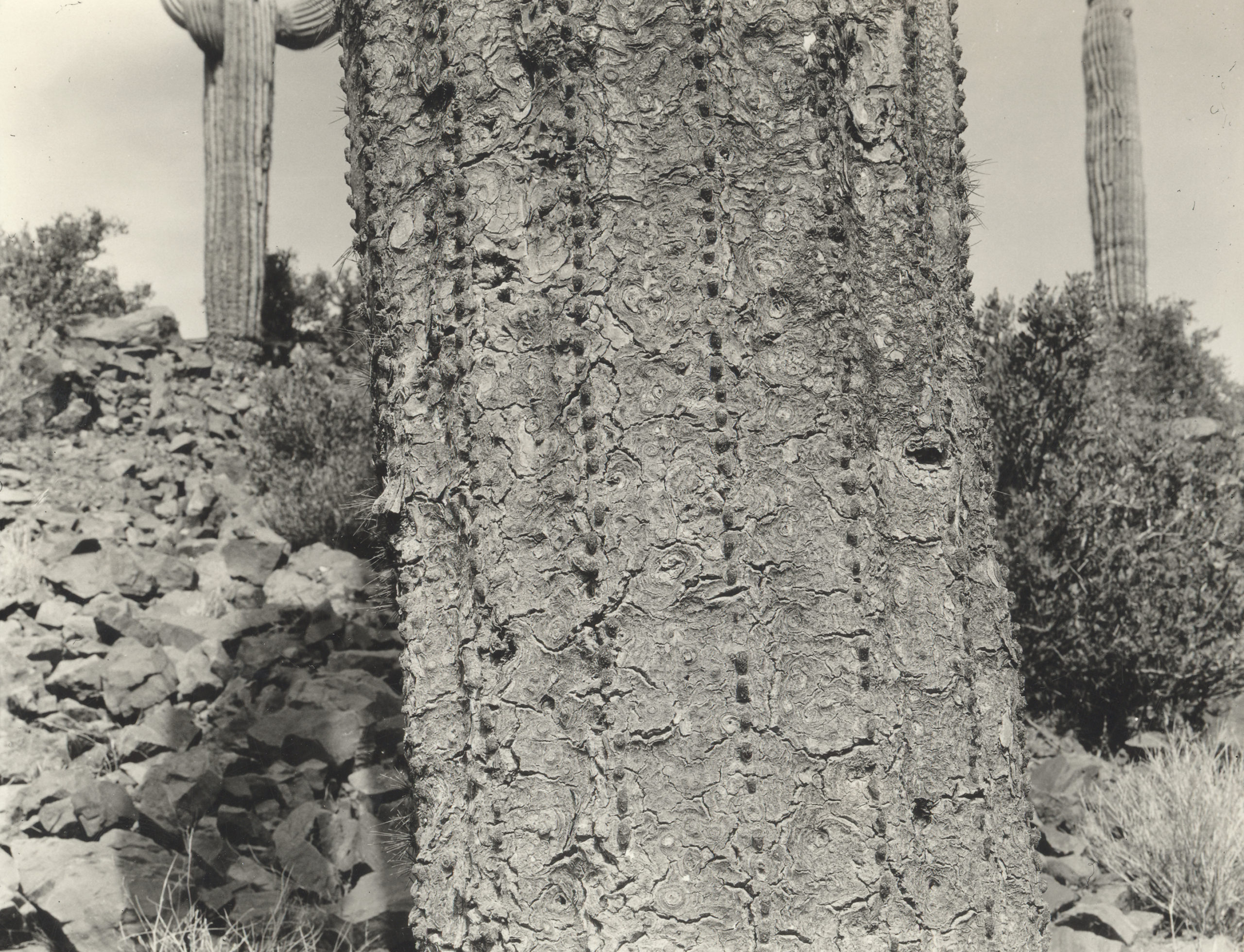
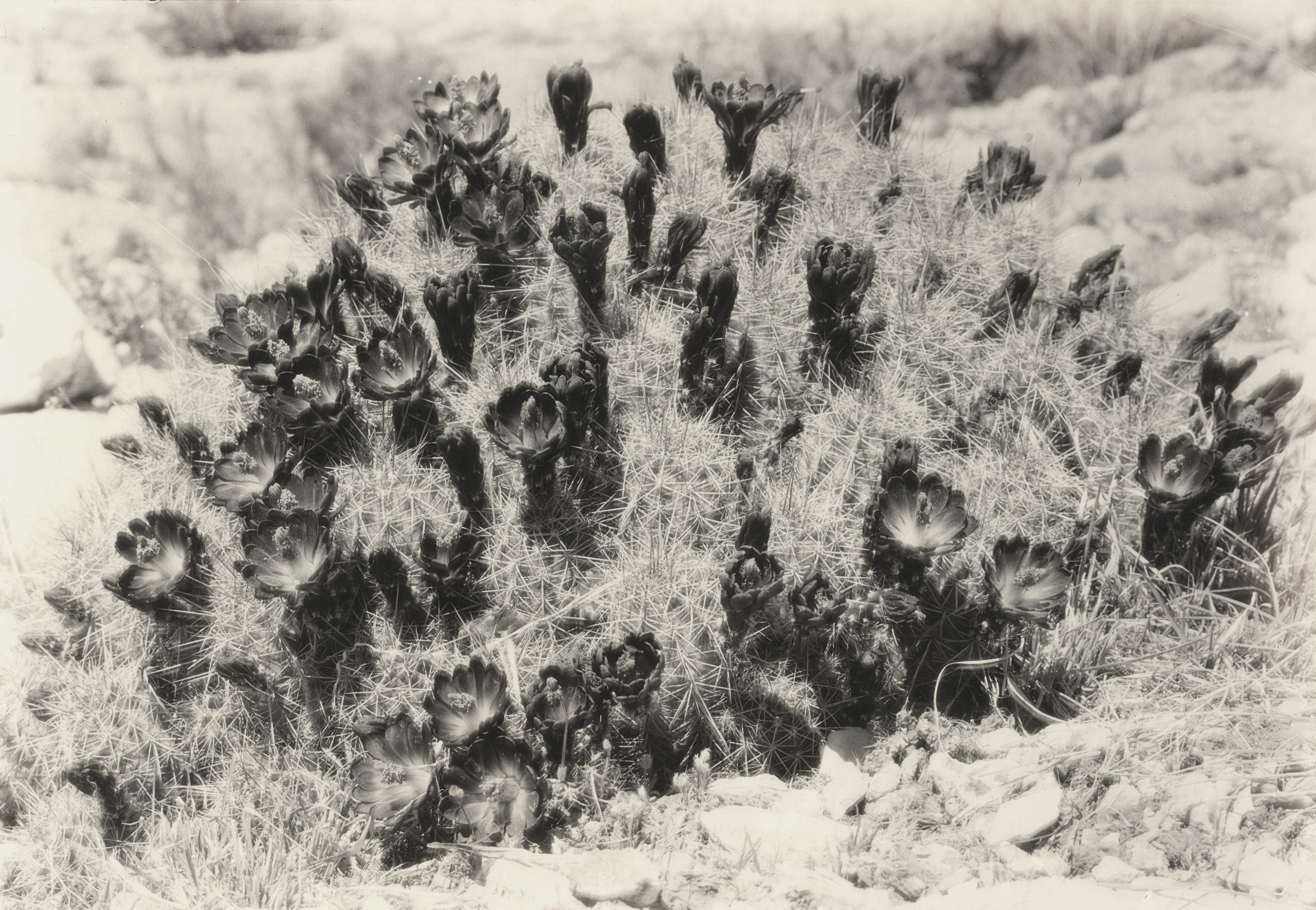
Captivated by the flora of the southwest, her second trip took place just a few months after her first, and lasted twice as long. This time she was joined by a British-born amateur botanist, Violet Frederika Edlemann.
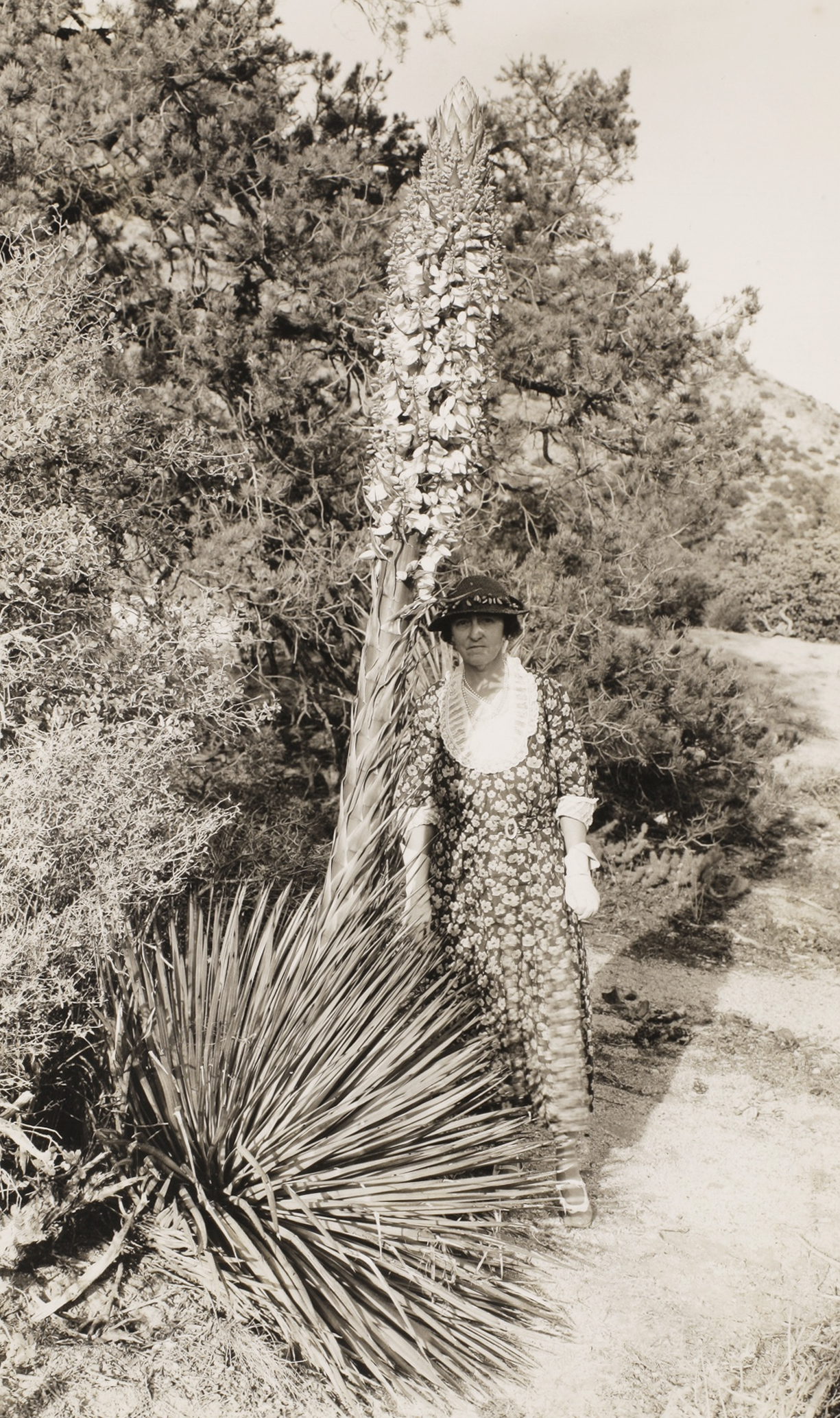

Travel could be challenging. Some roads were little more than unpaved tracks in the back country. The area was fairly well mapped however, and the Arboretum Archives has a number of annotated Automobile Club maps that McKelvey used on her trip.
McKelvey’s interest in the flora of the Southwest would later become the benchmark for her scientific legacy. In 1929, she wrote to Eastwood, “I am a cactus enthusiast now—and an Agave one.”
There was some danger as well. McKelvey habitually took the train across the country to the jumping off point for their exploration, and Hamilton drove her touring car from Boston to the southwest to meet her. During one of these migrations in the early 1930s, he was waylaid by bandits with machine guns in Oklahoma. The thieves took only clothing and food, leaving the plant collecting equipment, a testament to the want and need for the basics of life in that part of the country during the Great Depression.
Her botanical interest quickly turned to scientific expertise as McKelvey’s final five trips to the southwest were largely devoted to the study of Yucca spp. She was able to locate and describe a large percentage of the genus, as well as make thousands of herbarium collections for the Arboretum and other botanical institutions across North America.
McKelvey’s intense focus on the genus allowed her to become one of the leading North American experts, particularly after the publication of her seminal work, the two-volume Yuccas of the southwestern United States. In the introduction to the text McKelvey mentions the vast territory covered, “The area where this study has been made extends, roughly speaking, from central Texas…west to the Pacific Ocean and from the Mexican border as far north as the southern portions of Nevada, Utah and western Colorado.”
Dig Deeper
Scholfield, Edmund A. “A Life Redeemed: Susan Delano McKelvey and the Arnold Arboretum”

